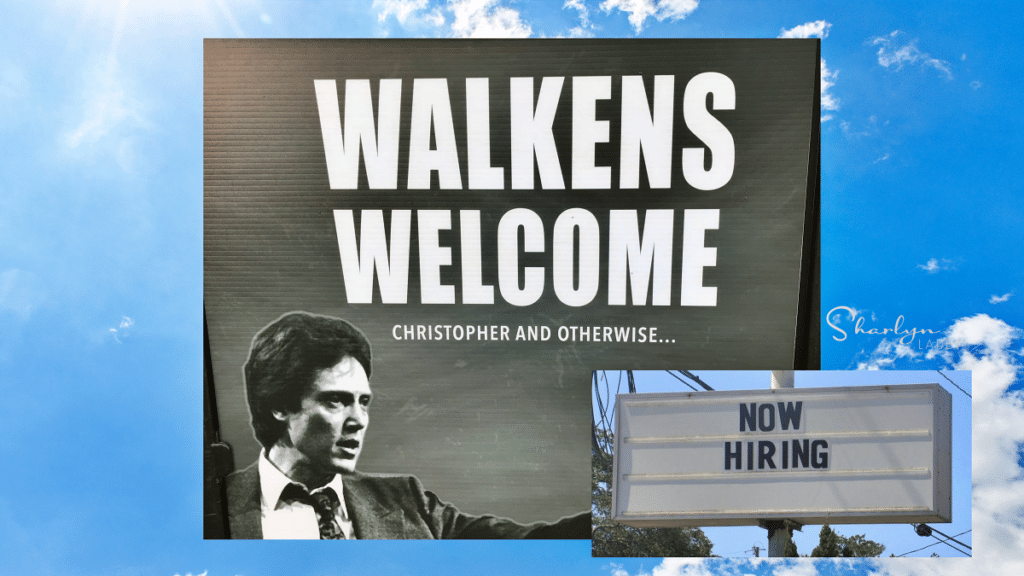Bookmark This! Building a Recruiting Strategy Edition
Estimated reading time: 4 minutes
Recruiters are having to get extra creative given the current challenges in today’s labor market. At the Society for Human Resource Management (SHRM) Talent Conference, I heard a recruiting executive talk about posting job openings in community church flyers. The team thought she was crazy to suggest it. The good news for the company is – it’s working.
One of my takeaways from the executive’s story is that organizations might need to get back to old school strategies to achieve recruiting success. It emphasizes the need to build a solid recruiting strategy. Because when you have a good foundation, then you can try new things and measure results.
If you’re looking for some information on how to build a recruiting strategy, here are a few resources to check out.
How to Develop a Workforce and Staffing Plan
Having a documented strategy that identifies the talent that the organization needs is a big part of helping the organization accomplish its goals. Because you can’t do it without people. However, there’s another component in finding the best talent. And that’s having a hiring process that works. And works well.
Recruiters Need Budgets to Source the Best Employees
Finding the best employees is and has always been a business priority. It starts with sourcing. But sourcing is more than simply conducting a whole bunch of Boolean searches. It’s about research, understanding business and hiring trends, as well as knowing the organization’s competition. When recruiters are equipped with the right data and information, they’re able to make sure candidates not only have a great experience but are offered employment opportunities that are fair, equitable, and competitive.
The 10 Skills Every Recruiter Should Have
The individuals responsible for finding and hiring the organization’s talent need skills. It’s not fair to simply say, “Hey! Go hire some high performers and rock stars. Oh, and do it quickly. And cheaply.” Organizations have an obligation to set their recruiting team up for success. Frankly, they should want to do it.
Successful Recruitment Means Being Responsive to Candidate Schedules
48% of candidates would be less likely to recommend or engage with an employer in the future, based on frustrating interview scheduling experience, rising to 64% with more senior roles. That means understanding what frustrates candidates and being able to mitigate those frustrations. It only makes sense – candidates who are frustrated with an organization won’t want to work for them.
8 Things Job Seekers Want from Recruiters
If organizations are trying to improve their candidate experience, conduct a little self-audit. How would you rate yourself in the areas of honesty, communication, feedback, and responsiveness? Are there actions you can put in place to improve? It’s possible that the company could positively impact their candidate experience without spending any money – through transparent and authentic communication, feedback, and responsiveness.
Recruitment Marketing: How to Conduct A/B Testing
If you haven’t considered A/B Testing, now is the perfect time to start testing it out. In short, A/B testing is when you create two messages that are the same except for one factor and then measure which message performs better. Create small experiments and evaluate results. Slowly your recruitment messaging will come into focus.
10 Ways to Recruit More Effectively Against the Competition
If you’re a good employer, job seekers will want to work for you. Organizations need to get the word out about their culture, jobs, and benefits. Now isn’t the time to be shy about the benefits of working at your organization. Because you can bet your competition is telling candidates the benefits of working for them.
There’s no doubt that organizations will need to make investments into their recruiting strategy and processes. It’s the way they will stand out from their competitive set. Developing recruiters, understanding trends, problem-solving, and using the right tools will help organizations find, select, and hire the best talent.
Image captured by Sharlyn Lauby while exploring the streets of Gainesville, FL
19